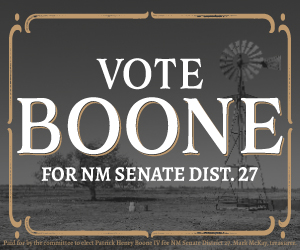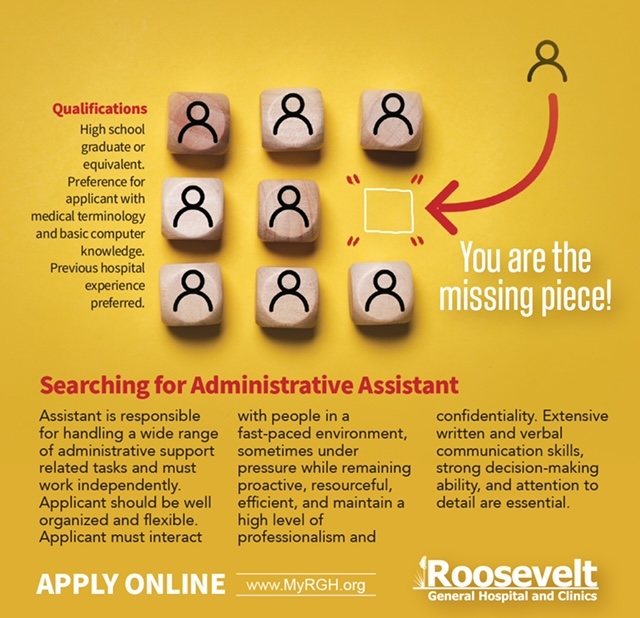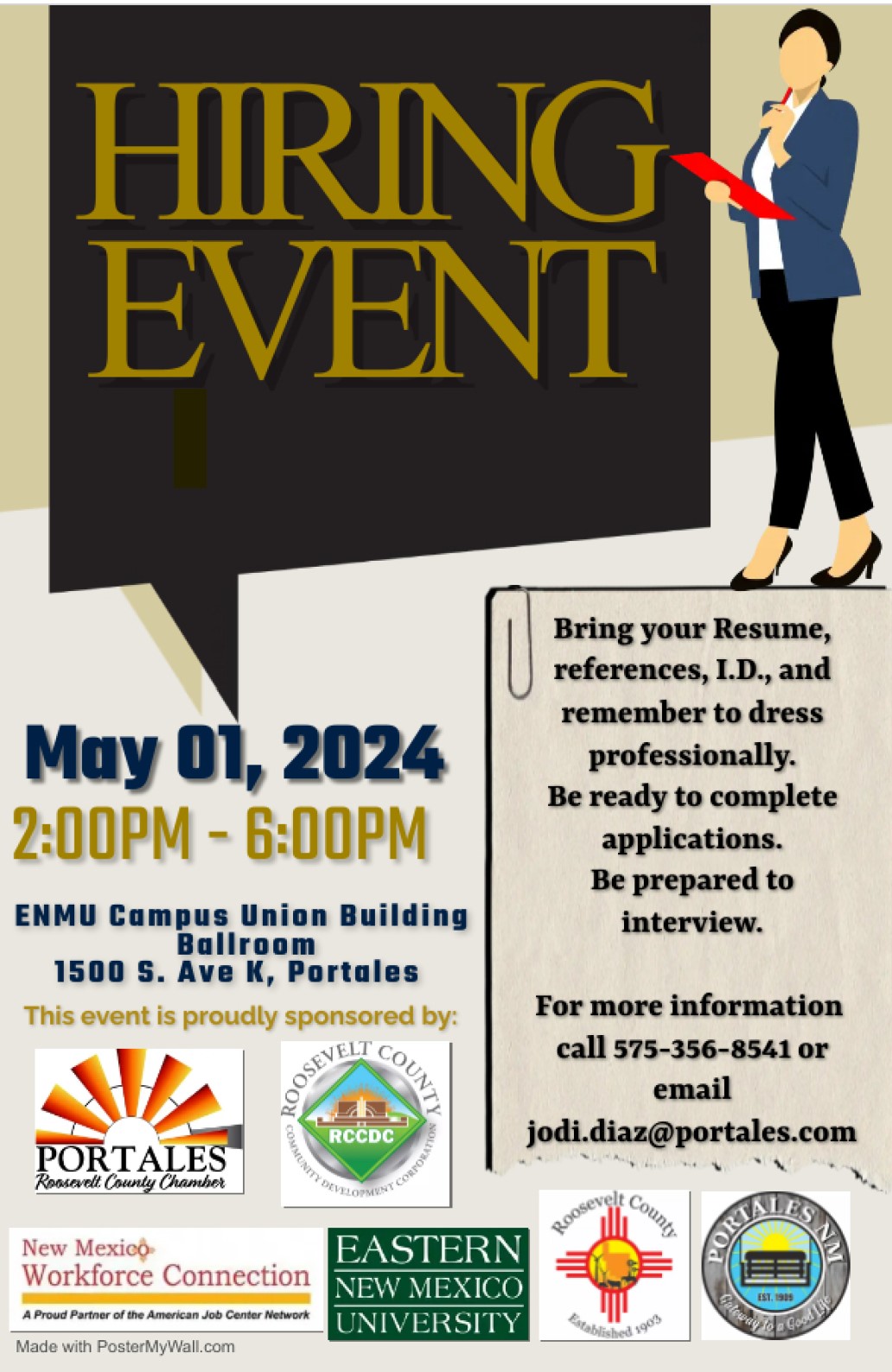
The first Thanksgiving 1621 by Jean Leon Gerome Ferris, 1863-1930, artist.
You probably know by now that a lot of the American history we were taught in elementary school wasn’t the whole truth. Christopher Columbus didn’t actually discover America. George Washington didn’t actually cut down a cherry tree. And the Civil War actually was about slavery. But if you still imagine the first Thanksgiving as Europeans and Native Americans sharing a prayer of thanks and then feasting, great news! That actually happened.
Only, the first time wasn’t in Plymouth, Mass., in 1621. It was in Maine in 1607. Or Texas in 1598. Or Florida in 1565. No one is really sure!

The best-documented account of the “real first Thanksgiving” is in historian Michael Gannon’s book “The Cross in the Sand.”
For most of the 16th century, the indigenous peoples of what is now Florida repelled at least six well-planned attempts at Spanish settlement on the peninsula. There was the conquistador Juan Ponce de León, whom, in 1521, the Calusa people dispatched from their land — and from this earth — by use of a poisoned arrow.
There was Hernando de Soto, who landed in Florida in 1539, but soon left upon learning the hostile territory held no gold, and who, after wandering the southeast for years, fighting constantly with Native Americans, died of disease, likely in what is now Arkansas.
And there was poor Father Luis Càncer de Barbastro, who, in 1549, became convinced he could peacefully settle the area, and was beaten to death by locals within a month.
By 1561, Spain’s King Phillip II vowed that his minions were not going to waste any more money or lives trying to colonize Florida, although he continued to claim it. That decision lasted all of three years, until French Huguenots landed in a different area of Florida, near what is now Jacksonville, and received a very different welcome. The Timucuan people actually helped the French build a fort, according to the National Park Service, which now maintains the site.
Phillip II commissioned an experienced naval officer, Pedro Menéndez de Avilés, to settle the area and root out the French.
According to Gannon’s book, when Menéndez left Spain in June 1565, he had 19 ships and 1,500 men. Severe storms dogged the voyage, and by the time they arrived in Florida in late August, more than two-thirds of the force had disappeared.
After hugging the coastline for a time and detouring briefly to fire on the French, Menéndez finally came ashore on Sept. 8, 1565, and established St. Augustine, which still exists. A priest on the voyage, Father Francisco Lopez, described the scene: “…The general landed with many banners spread, to the sound of trumpets and salutes of artillery. … The general marched up to the cross, followed by all who accompanied him, and there they kneeled and embraced the cross. A large number of Indians watched these proceedings and imitated all they saw done.”
A Catholic Mass was held immediately and songs of praise sung. Another priest recounted that Menéndez “had the Indians fed and then dined himself.” It is likely they ate a stew of salted pork and garbanzo beans. So this is the scene that Gannon claimed “was the first community act of religion and thanksgiving in the first permanent [European] settlement in the land.”
Garbanzo beans, anyone?
Gannon, who died in 2017, had been making this claim since 1965, but the story did not make waves until the 1980s, when an Associated Press reporter stumbled upon Gannon’s research and sent it out over the national wires. According to journalist Melanie Kirkpatrick, Gannon was dogged by the news media and traditionalists for weeks. Massachusetts residents called him “the Grinch who stole Thanksgiving.” But there may, in fact, be more grinches.
As public radio station KUT in Austin has reported, in Texas there is not one but two “first Thanksgiving” claims. One story has a Spanish explorer sharing a meal with the Mansos people in what is now El Paso in 1598. And a sign outside Canyon, TX claims that the Spanish explorer Coronado had a feast of Thanksgiving there in 1541.

Perhaps you’re thinking: None of these count. The first English observance of Thanksgiving is what matters, since our government was formed by descendants of the English colonists, not the Spanish ones.
Gannon might have agreed with you.
In 2007, he told USA Today: “The English wrote the history and established the traditions. That’s life. Get over it.”
Bad news: Even in that, Plymouth probably still was not first.
An English settlement in Maine known as the Popham Colony held a “harvest feast and prayer meeting” with Abenaki people in 1607, according to the Library of Congress. The settlement was abandoned the next year.
And then there’s Jamestown — that ignominious Chesapeake colony some would rather forget. During the harsh winter of 1609, the settlers dwindled from 490 to just 60 people, and may have resorted to eating the dead. The next spring, in 1610, a ship filled with rations was met with a “thanksgiving prayer service” and celebration, the Library of Congress says.
And there’s yet another English contender, from 1619. After a long and perilous journey (Was there any other way to cross the Atlantic Ocean back then?), a handful of English colonists called the Berkeley Company settled the area east of what is now Richmond. According to H. Graham Woodlief, president of the Virginia Thanksgiving Festival, King James I had decreed that on every anniversary of the group’s arrival, the company give prayers of thanksgiving. The colonists did so for three years, until the settlement was destroyed.
So, by now you may be wondering, if prayers of thanksgiving and meals between Europeans and Native Americans were just so stinking common, why do we celebrate Plymouth 1621 anyway?
As Washington Post’s Valerie Strauss has previously reported, the answer is Sarah Josepha Hale. In her heyday, the 1830s to the 1870s, Hale was one of most influential women in the United States. She wrote hundreds of articles, poems and recipes that influence our culture to this day. Have you ever sung “Mary Had a Little Lamb”? That’s Hale.
As a good New England woman, it was Hale’s idea to commemorate the Pilgrims’ and Wampanoag’s feast. For more than 15 years, she wrote letters to governors and presidents, beseeching them to make it a national holiday.
Finally, on Oct. 3, 1863, President Abraham Lincoln made it so, writing: “The year that is drawing towards its close, has been filled with the blessings of fruitful fields and healthful skies. … It has seemed to me fit and proper that they should be solemnly, reverently and gratefully acknowledged as with one heart and one voice by the whole American People.”
This sentiment was more aspirational than anything else. It was the height of the Civil War, a time when brothers were as likely to take up arms against each other as they were to sit at a table and give thanks.
Regardless of when the actual first Thanksgiving took place though, we still celebrate this National Holiday today, and should do in a communal way with the rest of our Nation. As you sit down to your dinner table this Thanksgiving with a plate full of food, take a minute to think about the rest of the people in the country who are doing the same. It is one holiday that should bring Americans together, especially in a divisive time like now.

Original Article By Gillian Brockell | Washington Post






























